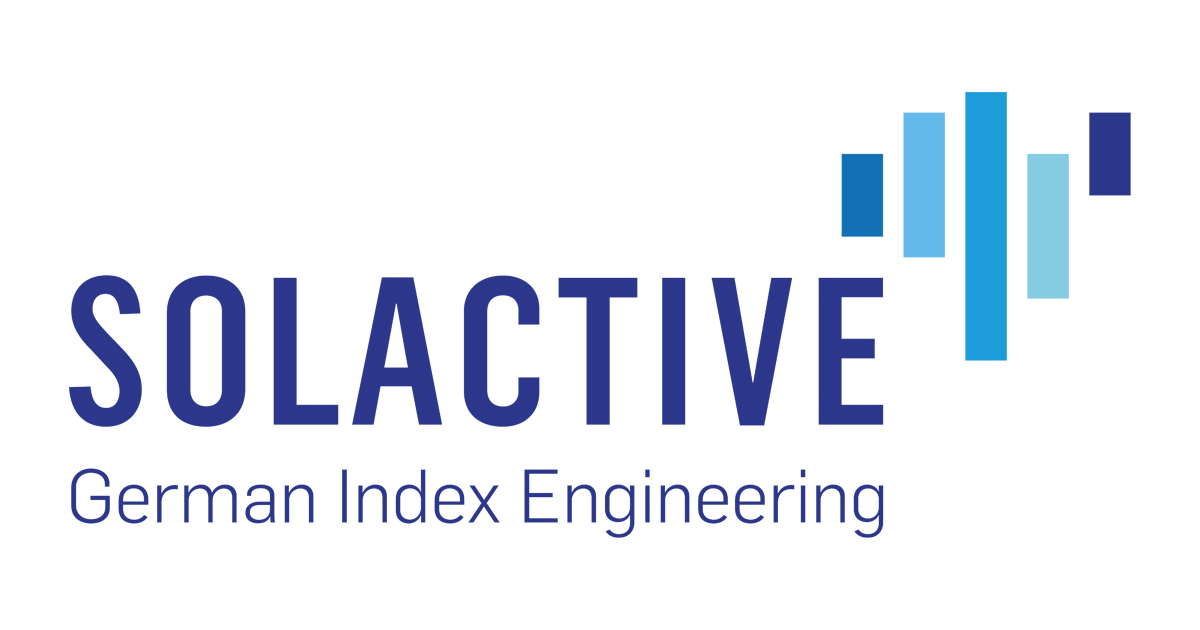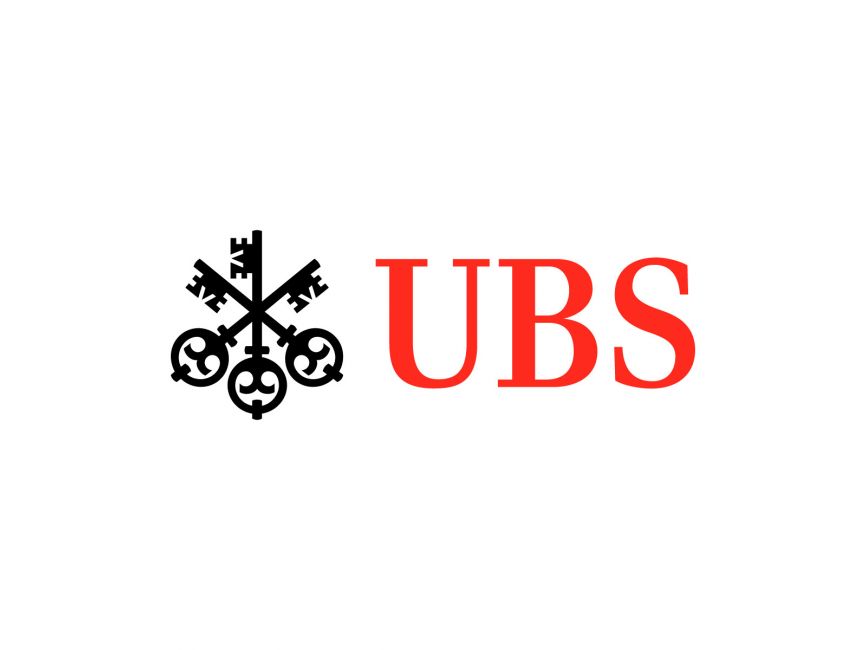Two decades after iShares launched Europe’s first world ETF and now parent company, BlackRock, is going head-to-head with the continent’s second-largest asset manager, Amundi, to vie for the crown of cheapest global equity ETF.
In February, the French issuer added the Amundi Prime All Country World UCITS ETF (WEBG) to its low-cost ‘prime’ suite, undercutting the Invesco FTSE All-World UCITS ETF (FWRA) to become Europe’s lowest-fee all-country ETF, with a total expense ratio (TER) of 0.07%.
Like the rest of Amundi’s ‘prime’ range, WEBG physically replicates a Solactive index – the Solactive GBS Global Markets Large & Mid Cap index.
This approach enables the firm to offer low-fee strategies, as Solactive charges a flat rate to licence its indices versus the industry's largest providers which charge a percentage of ETF assets under management (AUM).
However, this model means Amundi’s ‘prime’ range relies on the assumption that low TERs will be attractive enough for ETFs to gain significant scale, offsetting the impact of index licencing and other costs over time.
A month after WEBG’s arrival, BlackRock debuted the iShares MSCI World Swap UCITS ETF (IWDS), which does not attempt to compete on fees – with a TER of 0.20% - but rather takes a more technical approach to cost saving.
Although the product is identical in fee and underlying exposure to Europe’s second-largest ETF, the $76.7bn iShares Core MSCI World UCITS ETF (SWDA), the key distinction is IWDS is backed by swaps rather than physical equity.
This means while SWDA and Amundi’s WEBG – as Irish domiciled physical ETFs – pay 15% withholding tax on dividends paid by US companies, IWDS relies on synthetic replication and therefore benefits from the 2017 HIRE Act, meaning it pays 0% withholding tax on US dividends.
This makes a material difference, given the MSCI World index underlying both BlackRock ETFs weights 70.8% of its basket to US equities, meaning IWDS sidestepped the 26-basis point (bps) withholding tax impact absorbed by its older sibling, SWDA.
Even while paying a weighted average swap fee of 12.5bps and the fact SWDA recoups some cost with 3bps of securities lending revenue income, IWDS comes out the gate with a notable advantage in terms of total cost of ownership.
However, this comparison is slightly less flattering when compared to Amundi’s WEBG.
World cost clash
Stat attack | WEBG | IWDS |
Launch | 21/02/24 | 13/03/24 |
AUM | $825m | $5m |
TER | 0.07% | 0.20% |
Est. US WHT drag | 0.13% | 0% |
Swap fee | N/A | 0.125% |
As a disclaimer, it is worth noting the two ETFs do not offer like-for-like exposures. WEBG captures the physical equity of 3,469 companies representing 85% of the free float of all listed developed and emerging market equities, whereas IWDS offers swaps-based exposure to 1,464 companies from developed markets only.
This means WEBG allocates a lower 61.8% to US equities with a weighted average dividend yield of 1.35%. Assuming a US withholding tax rate of 15%, the allocation to US equities and the dividend yield of these components would imply around a 13bps annual drag from withholding tax on US dividends – far lower than the drag experienced by BlackRock’s physical ETF.
In turn, the cost saving lost by not being synthetically replicating is less for WEBG than for SWDA. Amundi’s candidate is also cheaper on a headline cost basis, with BlackRock’s IWDS carrying a fee almost three times that of its rival.
The convincingness of this low-cost physical angle has been evidenced with the likes of the SPDR S&P 500 UCITS ETF (SPY5) seeing its AUM explode from little over $5bn last October to $14.8bn today after its TER was slashed to 0.03% to become Europe’s lowest-fee S&P 500 ETF.
In a similar display, WEBG has amassed an impressive $825m since launch, versus $5m for IWDS.
However, the early lead mounted by Amundi’s ETF deserves some caveats; first of which being there are still plenty of cost considerations that have yet to become clear.
This includes portfolio turnover costs, which will be notable for WEBG given the size of its basket, the settlement and currencies of securities across dozens of countries as well as sourcing liquidity across hundreds of emerging market equities.
WEBG also retains the ability to conduct securities lending – the costs offset by these activities will only be known in time.
A key consideration, though, is the fact we have so far examined costs as understood in terms of fees and taxes and not the greatest determiner of investment outcomes: portfolio construction.
By capturing emerging markets, WEBG’s benchmark has lagged IWDS’s underlying notably in recent years, with the Solactive global index returning an impressive 75.4% over the five years, versus an even stronger 82.3% for the MSCI World index.
Better options elsewhere?
From a baked-in cost perspective, it is hard to argue against the simplicity of WEBG’s low-cost model, however, candidates such as IWDS may tempt those convinced by the higher returns and dividends paid by developed market equities in recent years.
On the other hand, it is worth noting there are other ETFs offering the same synthetic exposure to the MSCI World at a lower fee. For instance, the Invesco MSCI World UCITS ETF (MXWS) carries a TER of 0.19% and a far lower swap fee of 0.03%.
For those not swayed by the withholding tax edge of synthetic ETFs, a recent fee cut sees physically backed contenders such as the UBS ETF MSCI World UCITS ETF (WRDA) with a TER of 0.10%.








